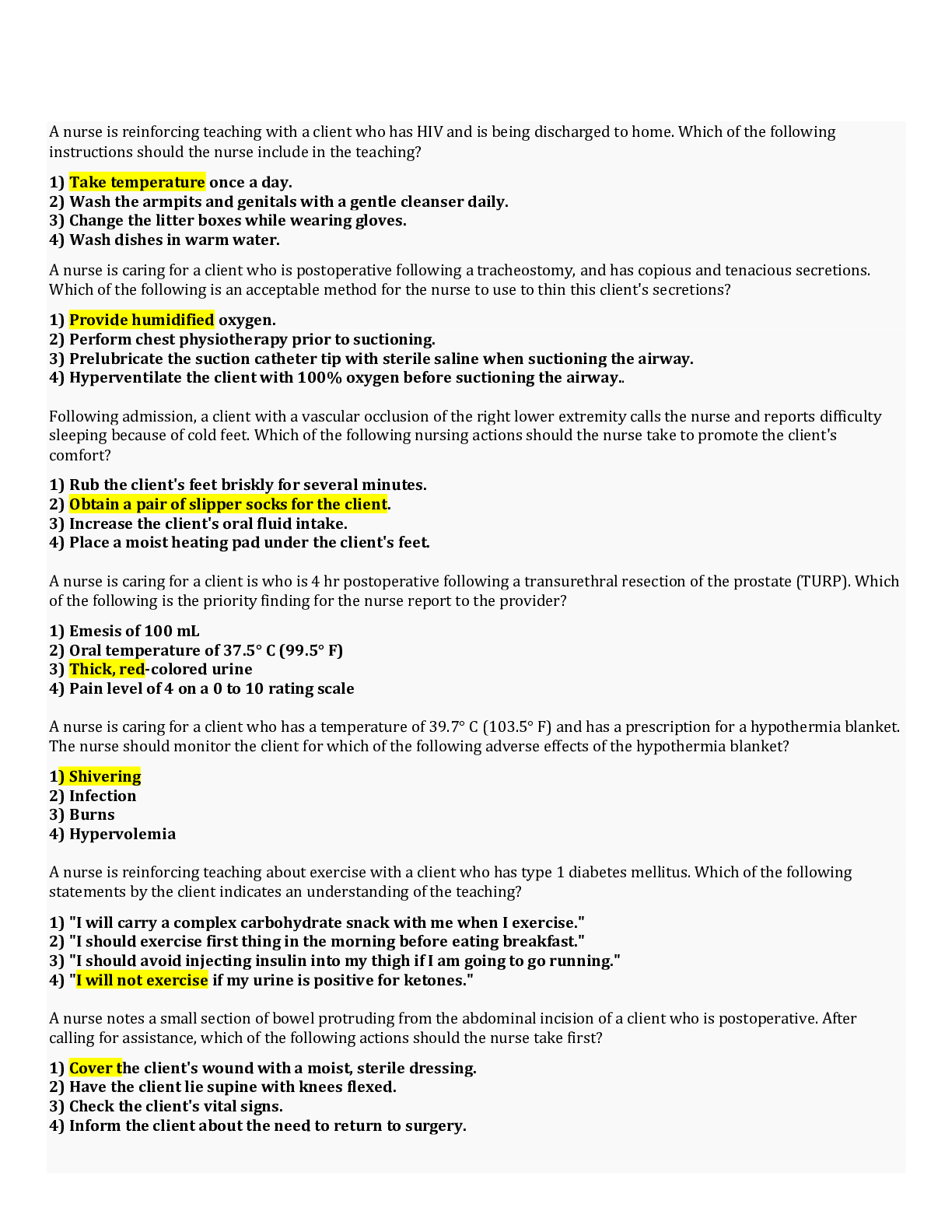Psychology > STUDY GUIDE > Research_Methods_In_Psychology(study guide)full topic covered (All)
Research_Methods_In_Psychology(study guide)full topic covered
Document Content and Description Below
Preface 1 Chapter 1 The Science of Psychology 2 1.1 Understanding Science 2c LEARNING OBJECTIVES 2 1.1.1 What Is Science? 3 1.1.2 Features of Science 3 1.1.3 Science Versus Pseudoscience 4 The... Skeptic’s Dictionary 5 KEY TAKEAWAYS 6 EXERCISES 6 1.2 Scientific Research in Psychology 6 LEARNING OBJECTIVES 6 1.2.1 A Model of Scientific Research in Psychology 7 1.2.2 Who Conducts Scientific Research in Psychology? 8 Scientific Psychology Blogs 9 1.2.3 The Broader Purposes of Scientific Research in Psychology 9 KEY TAKEAWAYS 10 EXERCISES 10 1.3 Science and Common Sense 11 LEARNING OBJECTIVES 11 1.3.1 Can We Rely on Common Sense? 11 Some Great Myths 12 1.3.2 How Could We Be So Wrong? 12 KEY TAKEAWAYS 13 EXERCISE 14 1.4 Science and Clinical Practice 14 LEARNING OBJECTIVES 14 Empirically Supported Treatments 15 KEY TAKEAWAYS 16 E X ER C IS ES 16 Chapter 2 Getting Started in Research 17 2.1 Basic Concepts 18 LEARNING OBJECTIVES 18 2.1.1 Variables 18 2.1.2 Sampling and Measurement 19 2.1.3 Statistical Relationships Between Variables 19 2.1.3.1 Differences Between Groups 20 2.1.3.2 Correlations Between Quantitative Variables 21 2.1.3.3 Correlation Does Not Imply Causation 23 “Lots of Candy Could Lead to Violence” 24 KEY TAKEAWAYS 25 EXERCISE 25 2.2 Generating Good Research Questions 26 LEARNING OBJECTIVES 26 2.2.1 Finding Inspiration 26 2.2.2 Generating Empirically Testable Research Questions 27 2.2.3 Evaluating Research Questions 29 2.2.3.1 Interestingness 29 2.2.3.2 Feasibility 30 KEY TAKEAWAYS 31 EXERCISE 31 2.3 Reviewing the Research Literature 32 LEARNING OBJECTIVES 32 2.3.1 What Is the Research Literature? 32 2.3.1.1 Professional Journals 33 2.3.1.2 Scholarly Books 35 2.3.2 Literature Search Strategies 35 2.3.2.1 Using PsycINFO and Other Databases 35 2.3.2.2 Using Other Search Techniques 36 2.3.2.3 What to Search For 37 KEY TAKEAWAYS 38 EXERCISE 38 Chapter 3 Research Ethics 39 3.1 Moral Foundations of Ethical Research 39 LEARNING OBJECTIVES 39 3.1.1 A Framework for Thinking About Research Ethics 40 3.1.2 Moral Principles 41 3.1.2.1 Weighing Risks Against Benefits 41 Was It Worth It? 42 3.1.2.2 Acting Responsibly and With Integrity 42 3.1.2.3 Seeking Justice 43 “They Were Betrayed” 44 3.1.2.4 Respecting People’s Rights and Dignity 44 3.1.3 Unavoidable Ethical Conflict 44 KEY TAKEAWAYS 45 EXERCISE 46 3.2 From Moral Principles to Ethics Codes 46 LEARNING OBJECTIVES 46 3.2.1 Historical Overview 46 Ethics Codes 48 3.2.2 APA Ethics Code 48 APA Ethics Code 49 3.2.2.1 Informed Consent 53 3.2.2.2 Deception 54 3.2.2.3 Debriefing 55 3.2.2.4 Nonhuman Animal Subjects 55 3.2.2.5 Scholarly Integrity 56 KEY TAKEAWAYS 57 EXERCISES 57 3.3 Putting Ethics Into Practice 58 LEARNING OBJECTIVES 58 3.3.1 Know and Accept Your Ethical Responsibilities 58 3.3.2 Identify and Minimize Risks 58 3.3.3 Identify and Minimize Deception 60 3.3.4 Weigh the Risks Against the Benefits 60 3.3.5 Create Informed Consent and Debriefing Procedures 61 3.3.6 Get Approval 62 3.3.7 Follow Through 62 KEY TAKEAWAYS 63 EXERCISES 63 Chapter 4 Theory in Psychology 64 4.1 Phenomena and Theories 65 LEARNING OBJECTIVES 65 4.1.1 Phenomena 65 Some Famous Psychological Phenomena 66 4.1.2 Theories 67 4.1.2.1 What Is a Theory? 67 4.1.2.2 What Are Theories For? 68 4.1.2.3 Organization 69 4.1.2.4 Prediction 70 4.1.2.5 Generation of New Research 71 4.1.2.6 Multiple Theories 71 Where Do Multiple Personalities Come From? 72 KEY TAKEAWAYS 73 EXERCISES 73 4.2 The Variety of Theories in Psychology 73 LEARNING OBJECTIVES 73 4.2.1 Formality 74 Formal Theories in Psychology 74 4.2.2 Scope 75 4.2.3 Theoretical Approach 76 KEY TAKEAWAY 77 EXERCISE 78 4.3 Using Theories in Psychological Research 78 LEARNING OBJECTIVES 78 4.3.1 Theory Testing and Revision 78 4.3.1.1 Overview 78 4.3.1.2 Constructing or Choosing a Theory 80 4.3.1.3 Deriving Hypotheses 80 4.3.1.4 Evaluating and Revising Theories 81 4.3.2 Incorporating Theory Into Your Research 82 KEY TAKEAWAYS 84 EXERCISE 84 Chapter 5 Psychological Measurement 85 Do You Feel You Are a Person of Worth? 86 5.1 Understanding Psychological Measurement 86 LEARNING OBJECTIVES 86 5.1.1 What Is Measurement? 87 5.1.2 Psychological Constructs 87 The Big Five 88 5.1.3 Operational Definitions 89 5.1.4 Levels of Measurement 90 KEY TAKEAWAYS 92 EXERCISES 92 5.2 Reliability and Validity of Measurement 93 LEARNING OBJECTIVES 93 5.2.1 Reliability 93 5.2.1.1 Test-Retest Reliability 93 5.2.1.2 Internal Consistency 94 5.2.1.3 Interrater Reliability 96 5.2.2 Validity 96 5.2.2.1 Face Validity 97 How Prejudiced Are You? 97 5.2.2.2 Content Validity 98 5.2.2.3 Criterion Validity 98 5.2.2.4 Discriminant Validity 99 KEY TAKEAWAYS 100 EXERCISES 100 5.3 Practical Strategies for Psychological Measurement 101 LEARNING OBJECTIVES 101 5.3.1 Conceptually Defining the Construct 101 5.3.2 Deciding on an Operational Definition 102 5.3.2.1 Using an Existing Measure 102 5.3.2.2 Creating Your Own Measure 103 5.3.2.3 Implementing the Measure 104 5.3.2.4 Evaluating the Measure 105 KEY TAKEAWAYS 106 EXERCISES 106 Chapter 6 Experimental Research 107 The Parable of the 38 Witnesses 108 6.1 Experiment Basics 109 LEARNING OBJECTIVES 109 6.1.1 What Is an Experiment? 109 6.1.2 Internal and External Validity 110 6.1.2.1 Internal Validity 110 6.1.2.2 External Validity 110 6.1.3 Manipulation of the Independent Variable 112 6.1.4 Control of Extraneous Variables 113 6.1.4.1 Extraneous Variables as “Noise” 113 6.1.4.2 Extraneous Variables as Confounding Variables 115 KEY TAKEAWAYS 116 EXERCISES 116 6.2 Experimental Design 117 LEARNING OBJECTIVES 117 6.2.1 Between-Subjects Experiments 117 6.2.1.1 Random Assignment 118 6.2.1.2 Treatment and Control Conditions 120 The Powerful Placebo 122 6.2.2 Within-Subjects Experiments 122 6.2.2.1 Carryover Effects and Counterbalancing 123 When 9 Is “Larger” Than 221 124 6.2.2.2 Simultaneous Within-Subjects Designs 124 6.2.3 Between-Subjects or Within-Subjects? 125 KEY TAKEAWAYS 126 EXERCISES 126 6.3 Conducting Experiments 127 LEARNING OBJECTIVES 127 6.3.1 Recruiting Participants 127 The Volunteer Subject 128 6.3.2 Standardizing the Procedure 129 Experimenter’s Sex as an Extraneous Variable 129 6.3.3 Record Keeping 131 6.3.4 Pilot Testing 131 KEY TAKEAWAYS 132 EXERCISES 132 Chapter 7 Nonexperimental Research 133 7.1 Overview of Nonexperimental Research 133 LEARNING OBJECTIVES 133 7.1.1 What Is Nonexperimental Research? 134 7.1.2 When to Use Nonexperimental Research 134 7.1.3 Types of Nonexperimental Research 135 7.1.4 Internal Validity Revisited 136 KEY TAKEAWAYS 137 EXERCISE 138 7.2 Correlational Research 138 LEARNING OBJECTIVES 138 7.2.1 What Is Correlational Research? 138 7.2.2 Data Collection in Correlational Research 140 7.2.2.1 Naturalistic Observation 140 7.2.2.2 Archival Data 142 KEY TAKEAWAYS 143 EXERCISE 144 7.3 Quasi-Experimental Research 144 LEARNING OBJECTIVES 144 7.3.1 Nonequivalent Groups Design 145 7.3.2 Pretest-Posttest Design 146 Does Psychotherapy Work? 147 7.3.3 Interrupted Time Series Design 148 7.3.4 Combination Designs 149 KEY TAKEAWAYS 150 EXERCISES 151 7.4 Qualitative Research 151 LEARNING OBJECTIVES 151 7.4.1 What Is Qualitative Research? 151 7.4.2 The Purpose of Qualitative Research 152 7.4.3 Data Collection and Analysis in Qualitative Research 153 7.4.3.1 Data Analysis in Quantitative Research 154 7.4.4 The Quantitative-Qualitative “Debate” 155 KEY TAKEAWAYS 156 EXERCISE 157 Chapter 8 Complex Research Designs 158 8.1 Multiple Dependent Variables 158 LEARNING OBJECTIVES 158 8.1.1 Measures of Different Constructs 159 8.1.2 Manipulation Checks 159 8.1.3 Measures of the Same Construct 160 KEY TAKEAWAYS 161 EXERCISES 161 8.2 Multiple Independent Variables 162 LEARNING OBJECTIVES 162 8.2.1 Factorial Designs 163 8.2.1.1 Overview 163 8.2.1.2 Assigning Participants to Conditions 165 8.2.2 Nonmanipulated Independent Variables 166 8.2.3 Graphing the Results of Factorial Experiments 167 8.2.4 Main Effects and Interactions 168 KEY TAKEAWAYS 172 EXERCISES 172 8.3 Complex Correlational Designs 172 LEARNING OBJECTIVES 172 8.3.1 Correlational Studies With Factorial Designs 173 8.3.2 Assessing Relationships Among Multiple Variables 173 8.3.3 Exploring Causal Relationships 175 KEY TAKEAWAYS 177 EXERCISES 177 Chapter 9 Survey Research 178 9.1 Overview of Survey Research 178 LEARNING OBJECTIVES 178 9.1.1 What Is Survey Research? 179 9.1.2 History and Uses of Survey Research 179 KEY TAKEAWAYS 182 EXERCISE 182 9.2 Constructing Survey Questionnaires 182 LEARNING OBJECTIVES 182 9.2.1 Survey Responding as a Psychological Process 183 9.2.1.1 A Cognitive Model 183 9.2.1.2 Context Effects on Questionnaire Responses 184 9.2.2 Writing Survey Questionnaire Items 185 9.2.2.1 Types of Items 185 What Is a Likert Scale? 187 9.2.2.2 Writing Effective Items 187 9.2.3 Formatting the Questionnaire 189 KEY TAKEAWAYS 190 EXERCISES 191 9.3 Conducting Surveys 191 LEARNING OBJECTIVES 191 9.3.1 Sampling 191 Sample Size and Population Size 194 9.3.2 Sampling Bias 194 9.3.3 Conducting the Survey 195 Online Survey Creation 196 KEY TAKEAWAYS 197 EXERCISES 197 Chapter 10 Single-Subject Research 198 10.1 Overview of Single-Subject Research 199 LEARNING OBJECTIVES 199 10.1.1 What Is Single-Subject Research? 199 The Case of “Anna O.” 201 10.1.2 Assumptions of Single-Subject Research 202 10.1.3 Who Uses Single-Subject Research? 204 KEY TAKEAWAYS 205 EXERCISES 205 10.2 Single-Subject Research Designs 206 LEARNING OBJECTIVES 206 10.2.1 General Features of Single-Subject Designs 206 10.2.2 Reversal Designs 207 10.2.3 Multiple-Baseline Designs 209 10.2.4 Data Analysis in Single-Subject Research 211 KEY TAKEAWAYS 214 EXERCISES 215 10.3 The Single-Subject Versus Group “Debate” 215 LEARNING OBJECTIVES 215 10.3.1 Data Analysis 216 10.3.2 External Validity 217 10.3.3 Single-Subject and Group Research as Complementary Methods 218 KEY TAKEAWAYS 219 EXERCISES 219 Chapter 11 Presenting Your Research 220 11.1 American Psychological Association (APA) Style 220 LEARNING OBJECTIVES 220 11.1.1 What Is APA Style? 220 11.1.2 The Levels of APA Style 221 APA Style and the Values of Psychology 222 Online APA Style Resources 226 11.1.3 APA-Style References and Citations 226 11.1.3.1 References 226 11.1.3.2 Journal Articles 227 11.1.3.3 Books 227 11.1.3.4 Book Chapters 227 11.1.3.5 Reference Citations 228 KEY TAKEAWAYS 230 EXERCISES 230 11.2 Writing a Research Report in American Psychological Association (APA) Style 231 LEARNING OBJECTIVES 231 11.2.1 Sections of a Research Report 231 11.2.1.1 Title Page and Abstract 231 It’s Soooo Cute! 232 11.2.1.2 Introduction 232 11.2.1.3 The Opening 233 Breaking the Rules 234 11.2.1.4 The Literature Review 234 11.2.1.5 The Closing 235 11.2.1.6 Method 236 11.2.1.7 Results 238 11.2.1.8 Discussion 239 11.2.1.9 References 240 11.2.1.10 Appendixes, Tables, and Figures 240 11.2.1.11 Sample APA-Style Research Report 241 KEY TAKEAWAYS 246 EXERCISES 246 11.3 Other Presentation Formats 247 LEARNING OBJECTIVES 247 11.3.1 Other Types of Manuscripts 247 11.3.1.1 Review and Theoretical Articles 247 11.3.1.2 Final Manuscripts 248 11.3.2 Conference Presentations 248 Professional Conferences 249 11.3.3 Oral Presentations 250 11.3.4 Posters 250 KEY TAKEAWAYS 252 EXERCISE 252 Chapter 12 Descriptive Statistics 253 12.1 Describing Single Variables 253 LEARNING OBJECTIVES 253 12.1.1 The Distribution of a Variable 254 12.1.1.1 Frequency Tables 254 12.1.1.2 Histograms 256 12.1.1.3 Distribution Shapes 257 12.1.2 Measures of Central Tendency and Variability 258 12.1.2.1 Central Tendency 259 12.1.2.2 Measures of Variability 260 N or N− 1 263 12.1.2.3 Percentile Ranks and Scores 263 Online Descriptive Statistics 264 KEY TAKEAWAYS 265 EXERCISES 265 12.2 Describing Statistical Relationships 266 LEARNING OBJECTIVES 266 12.2.1 Differences Between Groups or Conditions 266 Sex Differences Expressed as Cohen’s d 269 12.2.1.1 Correlations Between Quantitative Variables 269 KEY TAKEAWAYS 274 EXERCISES 275 12.3 Expressing Your Results 276 LEARNING OBJECTIVES 276 12.3.1 Presenting Descriptive Statistics in Writing 277 12.3.2 Presenting Descriptive Statistics in Graphs 277 12.3.2.1 Bar Graphs 278 12.3.2.2 Line Graphs 279 12.3.2.3 Scatterplots 280 12.3.3 Expressing Descriptive Statistics in Tables 281 KEY TAKEAWAYS 283 EXERCISE 283 12.4 Conducting Your Analyses 284 LEARNING OBJECTIVE 284 12.4.1 Prepare Your Data for Analysis 284 12.4.2 Preliminary Analyses 285 12.4.3 Answer Your Research Questions 287 12.4.4 Understand Your Descriptive Statistics 287 KEY TAKEAWAYS 288 EXERCISE 288 Chapter 13 Inferential Statistics 289 13.1 Understanding Null Hypothesis Testing 289 LEARNING OBJECTIVES 289 13.1.1 The Purpose of Null Hypothesis Testing 290 13.1.2 The Logic of Null Hypothesis Testing 291 The Misunderstood p Value 292 13.1.3 Role of Sample Size and Relationship Strength 292 13.1.4 Statistical Significance Versus Practical Significance 294 KEY TAKEAWAYS 295 EXERCISES 296 13.2 Some Basic Null Hypothesis Tests 296 LEARNING OBJECTIVES 296 13.2.1 The t Test 297 13.2.1.1 One-Sample Test 297 13.2.1.2 Example One-Sample Test 301 13.2.1.3 The Dependent-Samples Test 302 13.2.1.4 Example Dependent-Samples t Test 302 13.2.1.5 The Independent-Samples Test 303 13.2.1.6 Example Independent-Samples t Test 304 13.2.2 The Analysis of Variance 304 13.2.2.1 One-Way ANOVA 305 13.2.2.2 Example One-Way ANOVA 308 13.2.2.3 ANOVA Elaborations 309 13.2.2.3.1 Post Hoc Comparisons 309 13.2.2.3.2 Repeated-Measures ANOVA 310 13.2.2.3.3 Factorial ANOVA 310 13.2.3 Testing Pearson’s r 311 13.2.3.1 Example Test of Pearson’s 312 KEY TAKEAWAYS 313 EXERCISES 313 13.3 Additional Considerations 314 LEARNING OBJECTIVES 314 13.3.1 Errors in Null Hypothesis Testing 314 13.3.2 Statistical Power 316 Computing Power Online 318 13.3.3 Problems With Null Hypothesis Testing, and Some Solutions 318 13.3.3.1 Criticisms of Null Hypothesis Testing 318 13.3.3.2 What to Do? 319 KEY TAKEAWAYS 320 EXERCISES 321 [Show More]
Last updated: 1 year ago
Preview 1 out of pages
Instant download

Instant download
Reviews( 0 )
Document information
Connected school, study & course
About the document
Uploaded On
Apr 04, 2022
Number of pages
Written in
Additional information
This document has been written for:
Uploaded
Apr 04, 2022
Downloads
0
Views
6

.png)


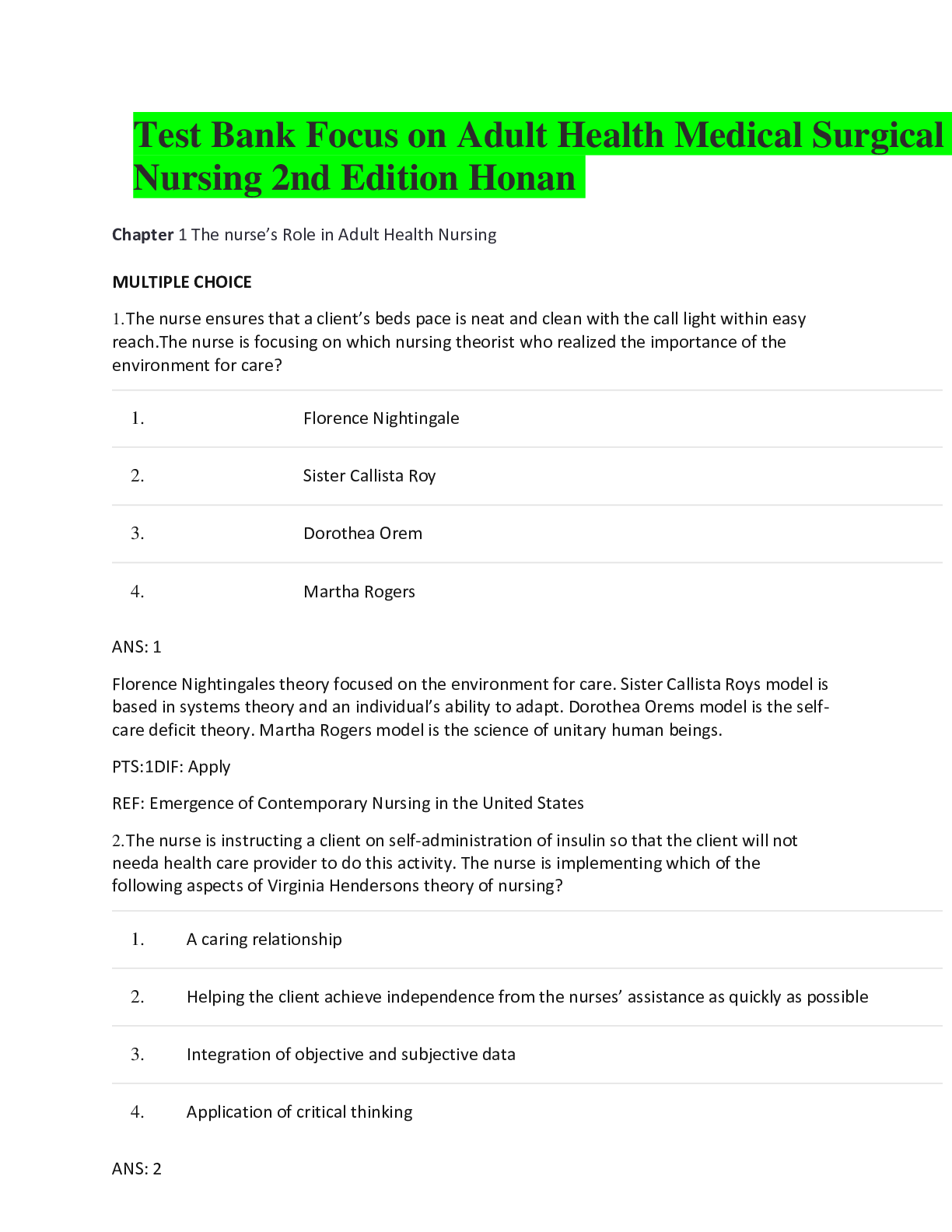


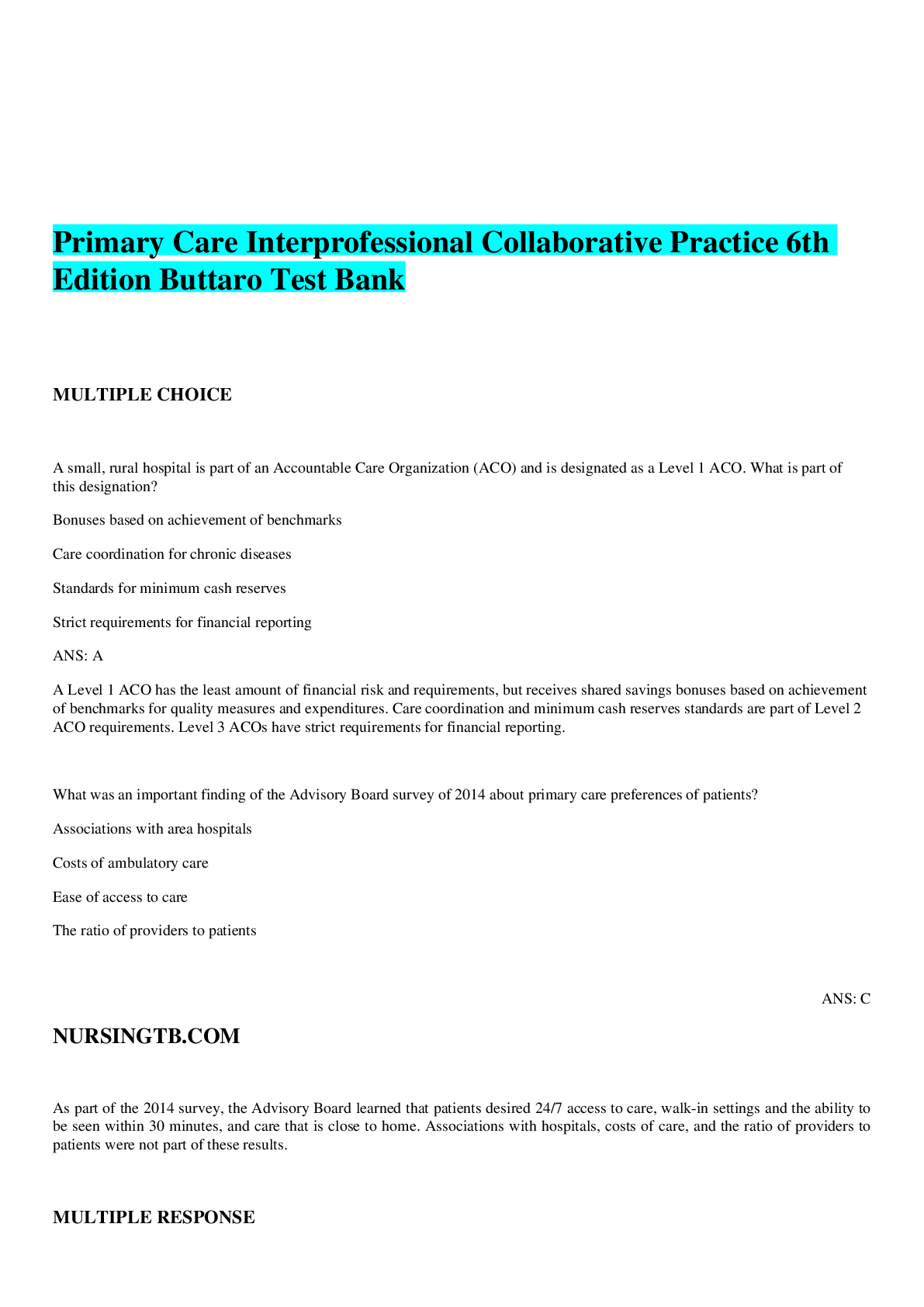

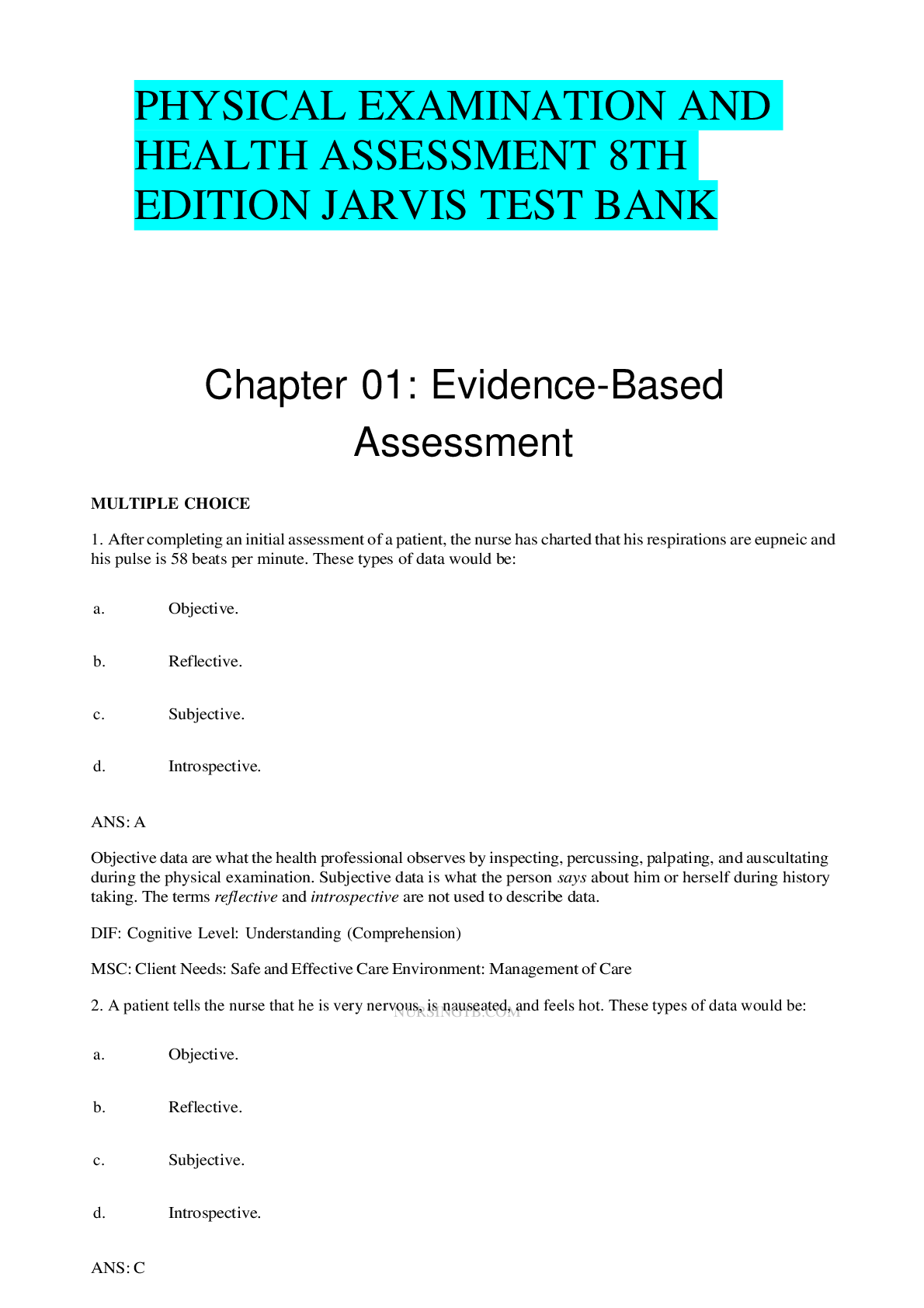
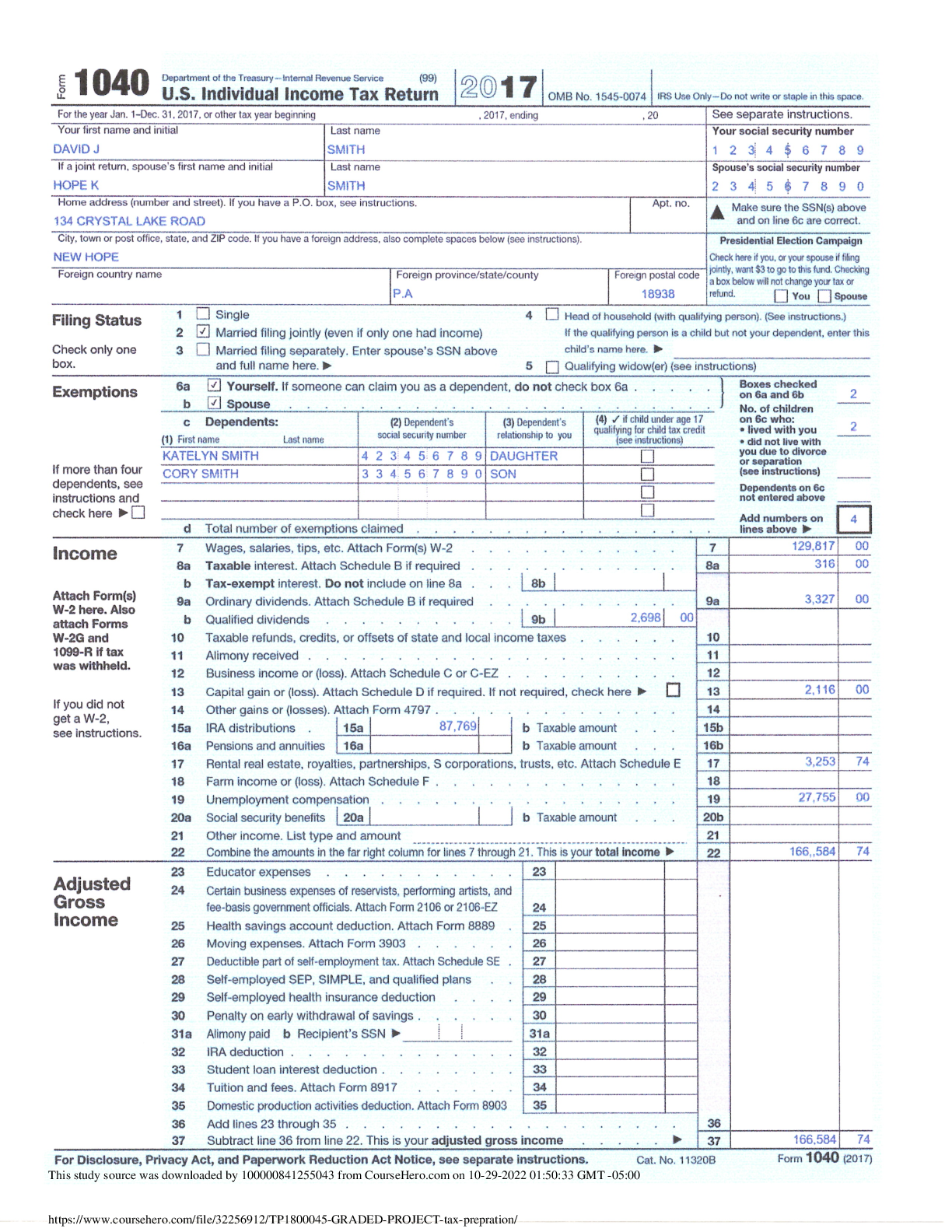
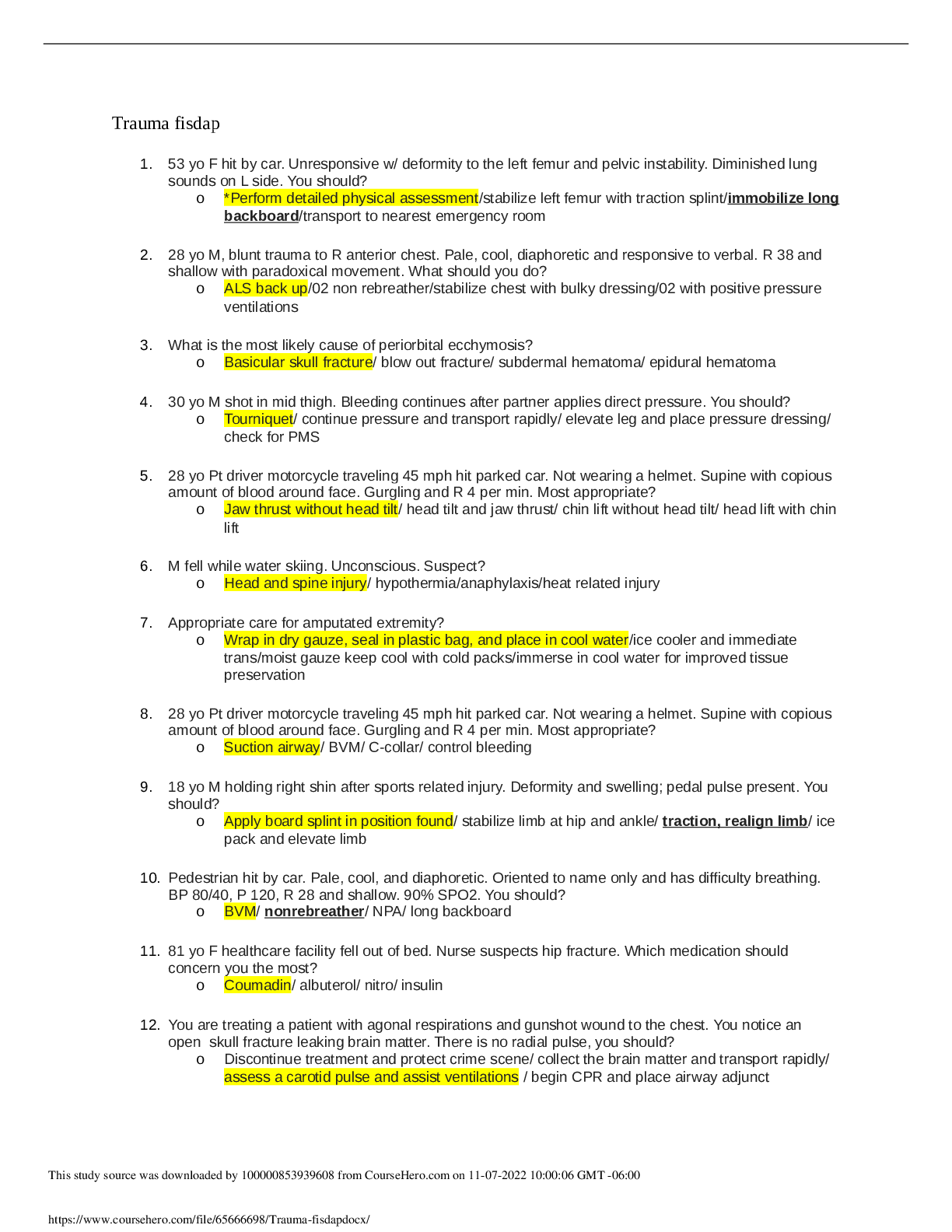
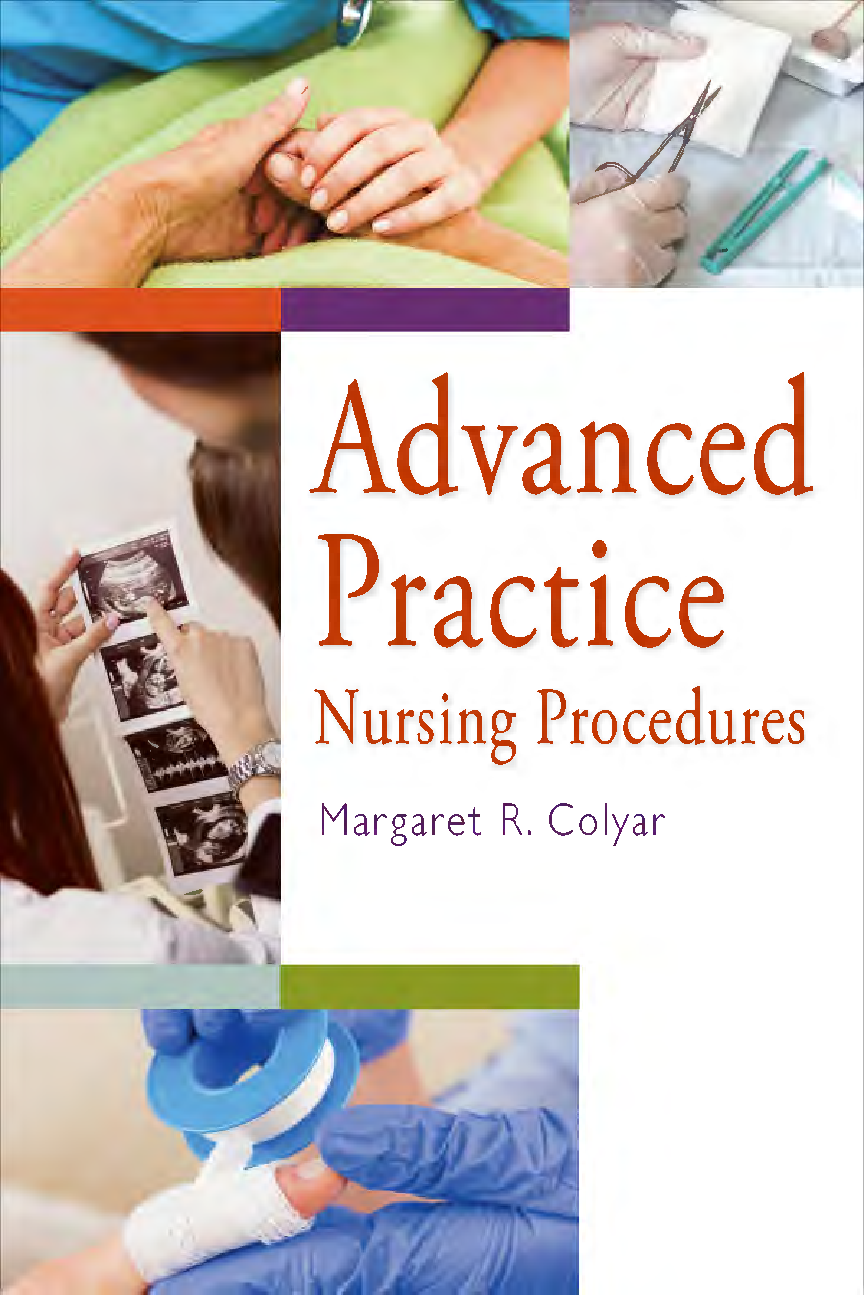
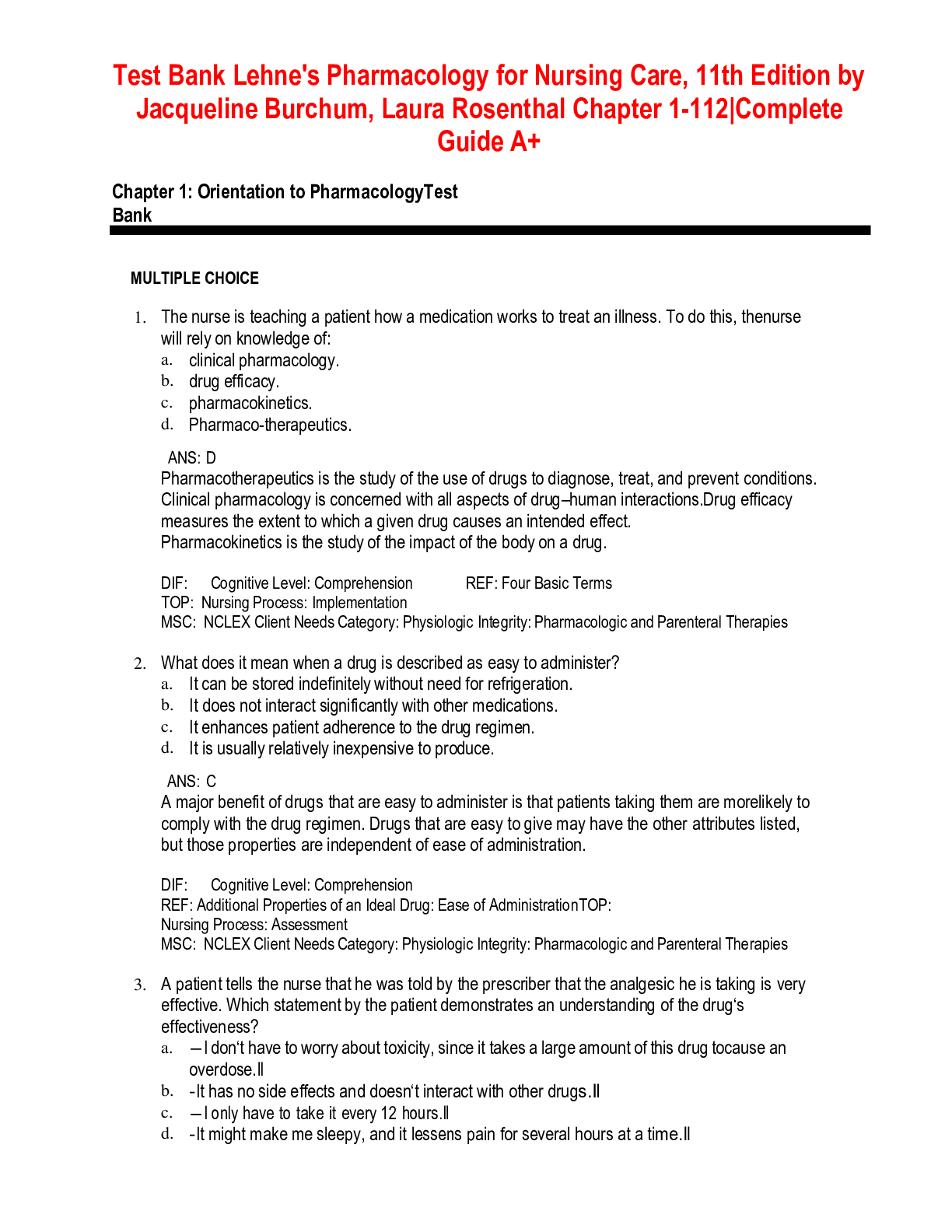
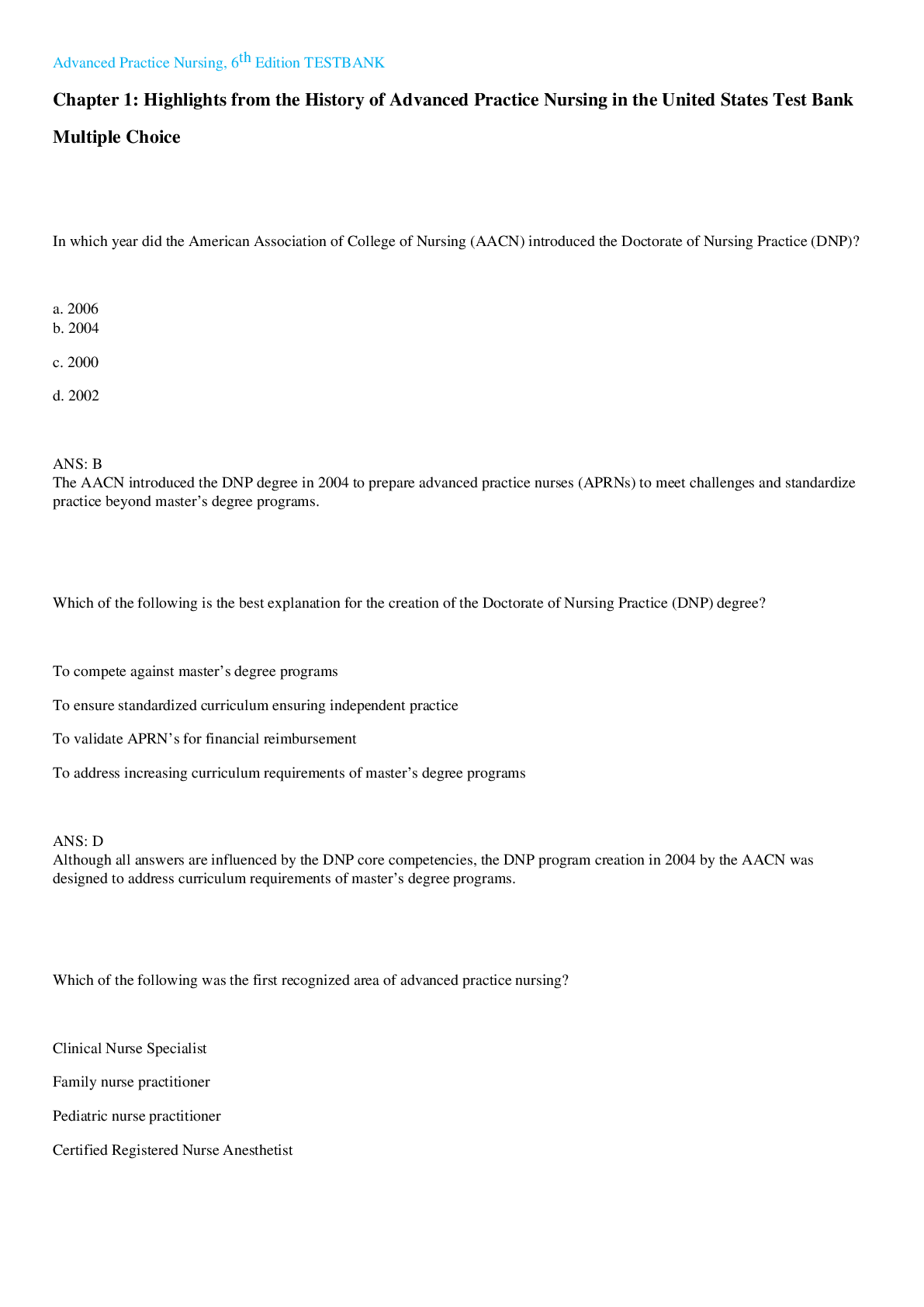
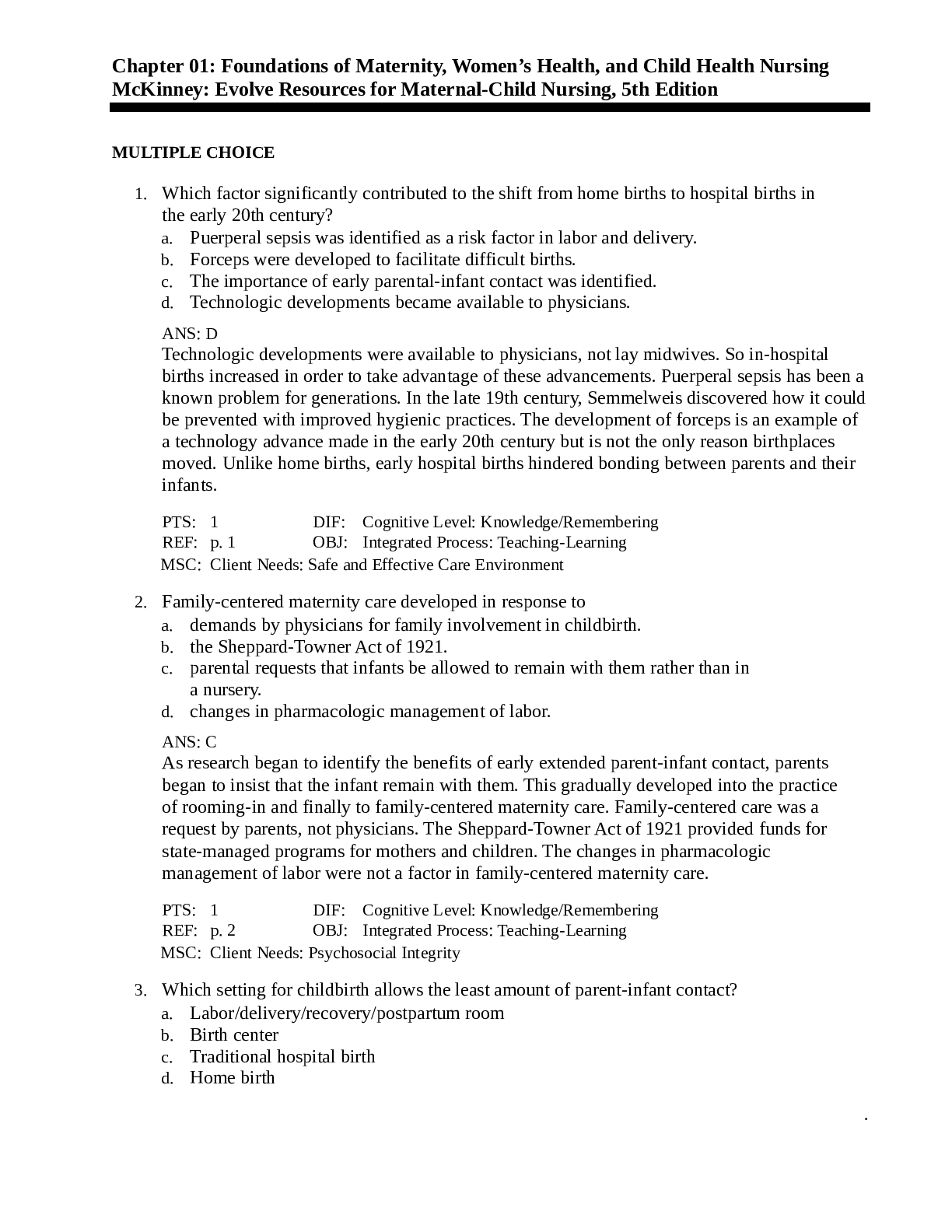
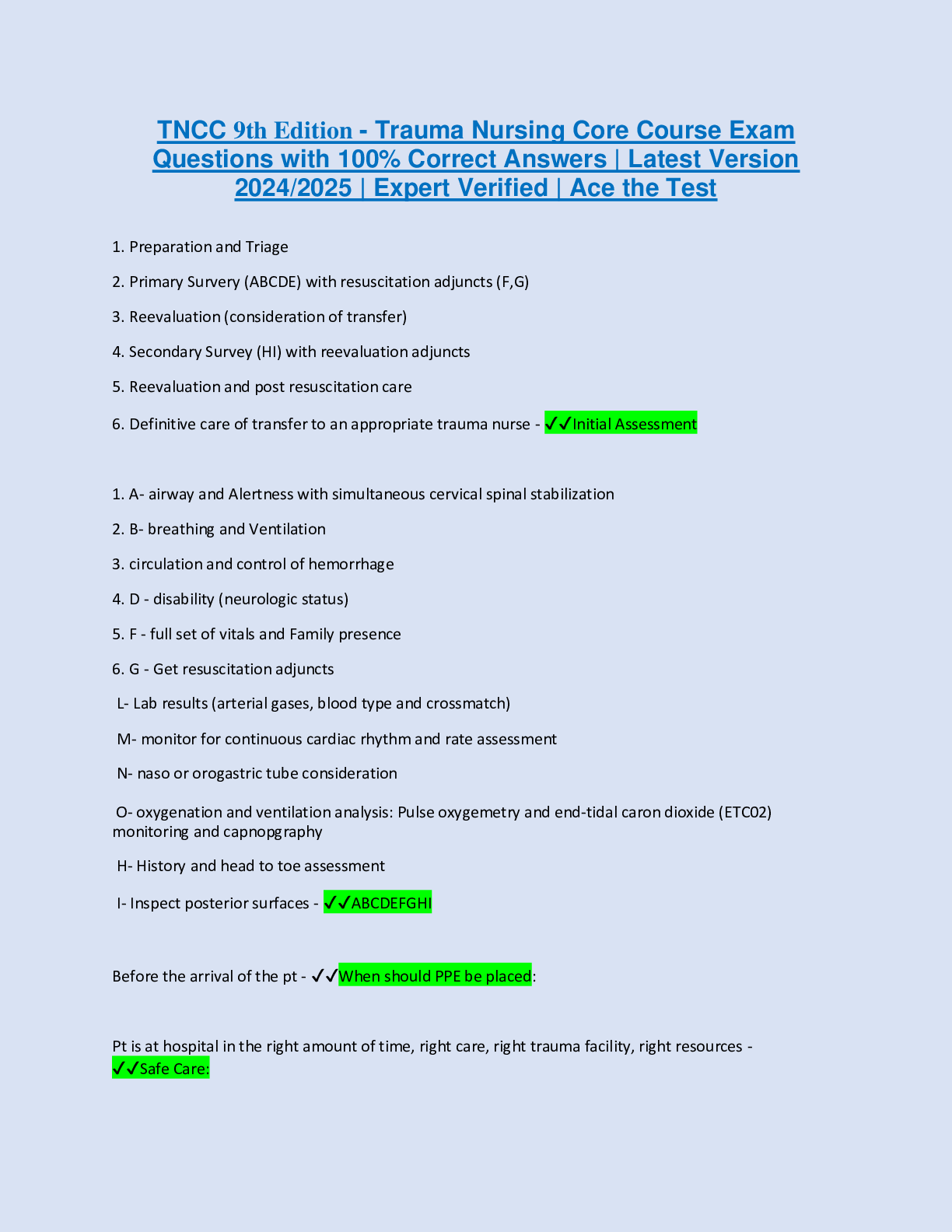








.png)









